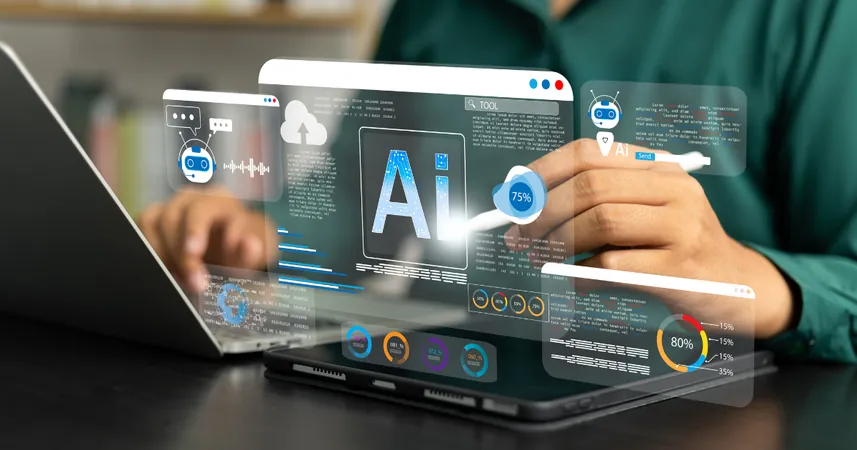
Unleashing AI's Power: The Quest for Flawless Image Comparison in Visual Software Testing
2025-06-11
Author: William
The Challenge of Image Comparison in Software Testing
In the realm of visual test automation, the ability to pinpoint differences between images is paramount. This is especially true when evaluating whether a screenshot aligns with a previous version or a reference design. However, while generative AI triples in capabilities thanks to multimodal language models, its ability to spot nuanced image differences remains limited to its training data.
How AI Approaches Image Differences
Traditionally, convolutional neural networks (CNNs) have tackled this issue by examining small image segments, such as 9x9 pixel regions, rather than analyzing individual pixels. This methodology can be implemented with various libraries like TensorFlow, PyTorch, and Keras.
But beware! High-resolution displays often lead to false positives due to slight pixel shifts. Rather than simply increasing comparison windows, a better strategy involves training networks to recognize displacement vectors, enhancing accuracy without sacrificing detail.
Why AI Struggles with Structural Changes
Despite advancements, generative AI continues to falter when faced with complex structural image changes. It excels at interpreting content yet stumbles on identifying visual discrepancies unless specifically trained. On the other hand, conventional image comparison libraries demand pixel-perfect alignment, showing zero tolerance for even minor distortions.
Humans vs. AI: The Spot-the-Difference Challenge
Consider how effortlessly humans identify differences on maps. With years of manipulating visual information, we spot discrepancies—like a missing street—almost instinctively. This seemingly simple task perplexes AI; algorithms fall flat when faced with even minor shifts, turning straightforward analysis into a tangled mess of false positives.
Understanding Differences: A Human Approach
How do we, as humans, effectively identify the differences? Our eyes dart back and forth, making precise comparisons and drawing hypotheses, processing visual inputs far more efficiently than AI can currently manage. This complex chain of thought—intuitive yet intricate—remains a bridge too far for most AI models.
The Future of Visual AI in Testing
It's clear that while AI can recognize familiar patterns and objects, it lags significantly when faced with more abstract or nuanced tasks, such as identifying subtle differences in artistic layouts. For software testing, simply knowing that something moved isn't enough—testing systems need to report precise changes for corrective action.
Innovative Solutions for Improved Accuracy
To enhance image comparison, we propose two groundbreaking methods. First, by training CNNs to analyze small segments, it reduces the necessity for pixel-perfect matches. Second, employing a dual-scale algorithm that accommodates larger shifts grants AI paths to improved accuracy, akin to human cognitive processing.
Conclusion: The Ongoing Battle Between AI and Visual Recognition
As we forge ahead in visual regression testing, the challenge of comparing two images will persist. Generative AI shines in recognizing familiar elements, yet it struggles with aspects that defy standard labeling or naming conventions. The methods proposed—leveraging CNNs for minor discrepancies and using scale-based algorithms—offer paths toward greater precision. However, the intricate world of visual processing is still an ambitious frontier for AI, one that will require ongoing advancements.
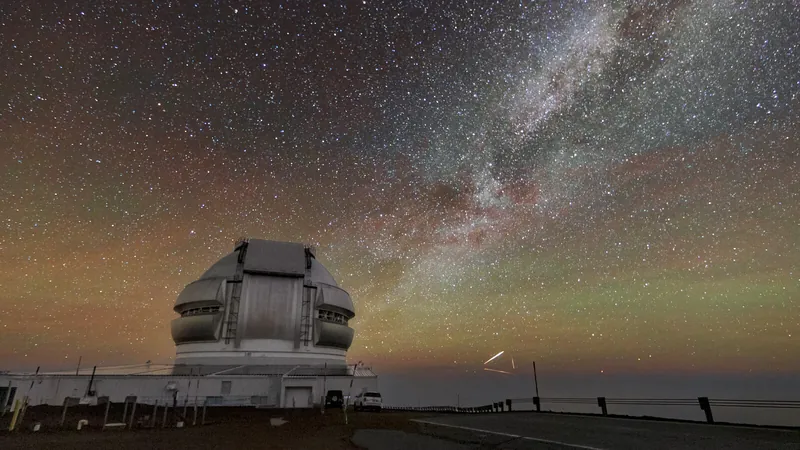

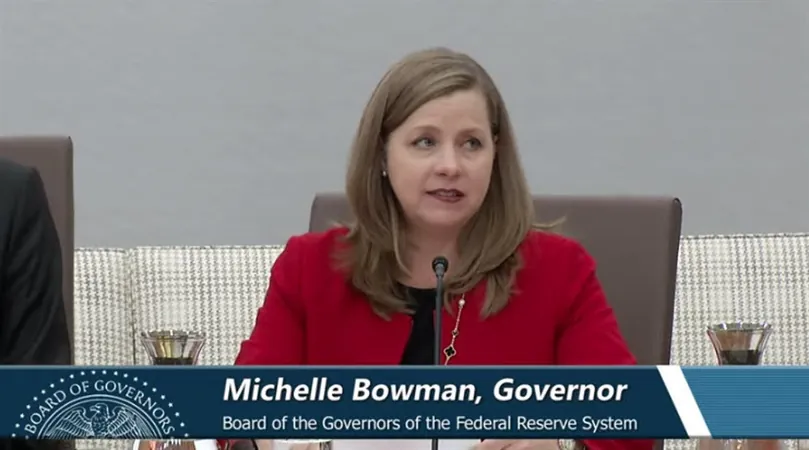

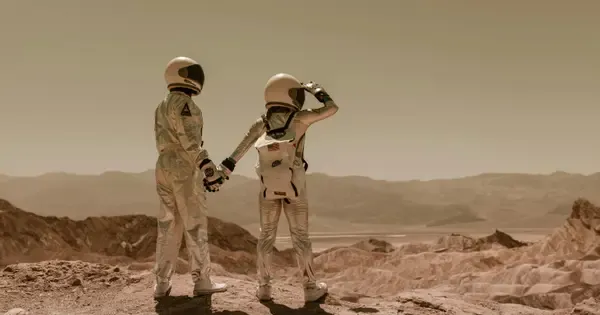

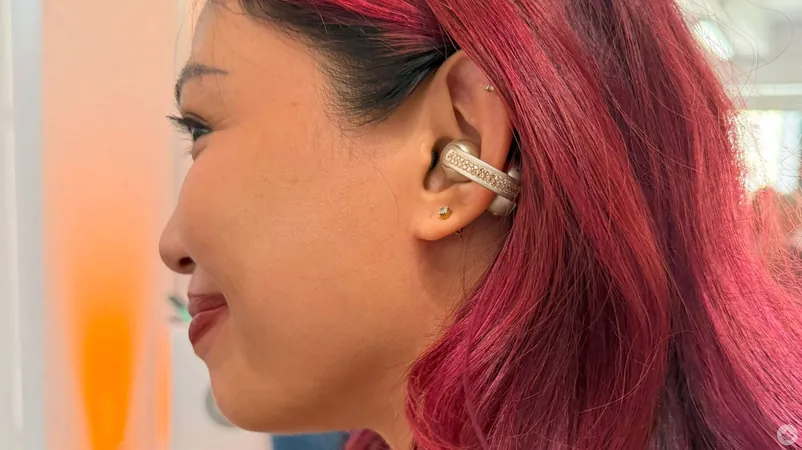


 Brasil (PT)
Brasil (PT)
 Canada (EN)
Canada (EN)
 Chile (ES)
Chile (ES)
 Česko (CS)
Česko (CS)
 대한민국 (KO)
대한민국 (KO)
 España (ES)
España (ES)
 France (FR)
France (FR)
 Hong Kong (EN)
Hong Kong (EN)
 Italia (IT)
Italia (IT)
 日本 (JA)
日本 (JA)
 Magyarország (HU)
Magyarország (HU)
 Norge (NO)
Norge (NO)
 Polska (PL)
Polska (PL)
 Schweiz (DE)
Schweiz (DE)
 Singapore (EN)
Singapore (EN)
 Sverige (SV)
Sverige (SV)
 Suomi (FI)
Suomi (FI)
 Türkiye (TR)
Türkiye (TR)
 الإمارات العربية المتحدة (AR)
الإمارات العربية المتحدة (AR)